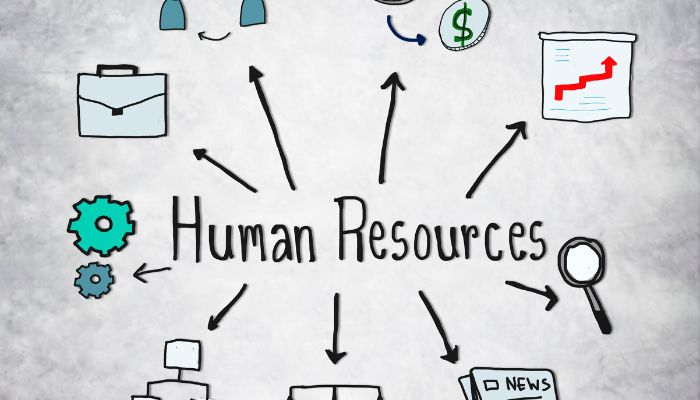It is easy to get caught up in the work and ignore employee strategies that watch out for long-term viability, development, and returns. Employee strategies are not as straight-forward as the investment in technology, infrastructure or other resources or operational factors such as giving approvals for each emerging requirement.
This is where human resources differ from land, capital, or capabilities. The labor force requires employee strategies invested in the long term so that they help the entire business reap rewards. The sooner they reach this state of optimum balance, the better it is for the organizational culture and goals. Once the systematized coordination of human resources is achieved, they adapt to many changing conditions, and pay back in terms of a reliable organizational culture and a recognizable reputation – a name-brand employer fulfilling the true meaning of the term ‘human capital’ that guarantees long-term rewards.
You might also be interested to read: Importance of Strategic Human Capital Plan
Leading change with employee strategies
In the context of Human Capital Management, the investment is multi-fold and not a mere outlay of funds. Employee strategies concern themselves with devising plans, protocols, and policies that do right by employees in the longer term, even if it means spending a greater effort at the formulative stage. While employee strategies have been acknowledged as important for more than a century, the challenge of making them to suit different types of workforces is at the doorstep of HR professionals NOW. There are people who work from offices, from their homes, from various locations they traveled to (and got stuck at due to the pandemic) or from places they have no choice but to still visit, as frontline workers amid a pandemic. These are only some of the several alternatives that constitute a “workplace” in the current times, and this lends greater depth to the terms ‘hybrid workforce’.
Distributed teams of the workforce, or hybrid teams with each participant in a different individualized set-up, also deserve to benefit from employee strategy. Policymakers and human resource generalists should actively try to come up with employee strategies that make these various sections of the workforce feel included and cared for.
To understand human capital better and devise employee strategies that suit diverse needs, a qualitative understanding of people’s various needs is a starting point. Once this understanding is in place, employee strategies, by and large, follow these trends:
Hybrid/remote workforce are a reality at every stage: Some employees are consultants or remote contractors right from the start. Others might opt for such an arrangement due to shifting needs in a pandemic. They too have requirements for infrastructural support, tech support, and legal and financial counsel to make sound decisions in their work life. Organizations should have their policies in place to support these needs for both in-office workers and distributed teams.
Productivity and collaboration tools: remote teams and project managers require specialized tools that help them coordinate with team members from across time zones. Even with the same calendars and constraints, tools for productivity, and meeting software, file sharing platforms make coordination that much easier and more transparent. High visibility of their work routines and styles, ease of sharing, and scheduling of meetings helps teams work together even when they don’t share the same workstation.
Teamwork refresher: Collaborating on the physical front is slightly different from being good team players when people cannot see each other and feed off no physical cues. Since non-verbal communication is edited out among virtual teams, protocols of politeness and professionalism have to be laid down in a top-down approach, with line managers taking the lead on norms of behavior. This leads to successful, positive communication.
Non-discrimination: Appreciating the differences between in-office teams and remote workforce does not mean showing preference or appreciation for one over the other. Outcomes from projects, performance metrics, and personal achievements should be valued above bias for/against virtual teams. This is why the term ‘remote worker’ is less preferred to ‘non-desk worker’. When this discrimination is eliminated, organizations can find ways to help workers from any team fulfil their roles better. This can take the form incorporating specific training, refresher courses to cover certain skill gaps, or to provide on-the-job skill-building.
Impressions from the outside: Customers, clients, and stakeholders will be able to tell from the periphery whether the core workforce enjoys coordination or not. Ideally, external entities should not be able to tell whether there is a hybrid workforce or any other model at play. Employee strategies are to be devised so that the view from the outside follows a coordinated workflow with well-defined roles and delivery of duties in cohesion.
These employee strategies are among an exhaustive list of many. With them in place, it is possible to take a mix of workforce planning measures in their stride as policy makers devise and uphold a wide range of employee strategies and people management goals that create a win-win for the organization that houses them.
Reference: 6 Employee Strategies for Your Non-Desk Workforce | humanresourcestoday.com | Sharlyn Lauby | May 9, 2021
You might also be interested to read:






